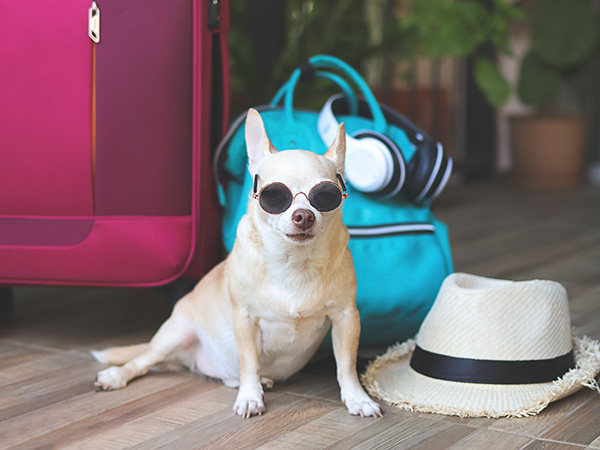
Taking your pet along on a long drive can be an enjoyable experience, but it also comes with challenges. Just like humans, pets need a comfortable and safe environment to travel in, and failing to prepare properly can lead to stress, discomfort, or even safety risks. Whether you're heading on a road trip or relocating, knowing how to keep your pet at ease can make the journey enjoyable for both of you.
Preparing Your Car for a Pet-Friendly Trip
Before hitting the road, make sure your vehicle is set up for a pet-friendly experience. Start by designating a space in the car for your pet, preferably in the back seat or cargo area. Use a pet seatbelt, carrier, or barrier to prevent them from roaming around the car. Unrestrained pets can be a major distraction and increase the risk of injury if you have to brake suddenly.
Consider adding a seat cover or blanket to protect your car’s upholstery from fur, dirt, or accidents. If your pet is prone to motion sickness, keeping the windows slightly open for fresh air circulation can help. Also, packing their favorite toys or a familiar blanket can provide comfort and reduce anxiety.
Making Frequent Stops for Breaks
Pets need regular breaks, just like people do. Plan to stop every two to three hours to allow your pet to stretch, relieve themselves, and drink water. If you’re traveling through Liberty, TX, or any unfamiliar area, research pet-friendly rest stops in advance. Keep your pet on a leash at all times during breaks to prevent them from running off in an unfamiliar environment.
During stops, avoid leaving your pet alone in the car, especially in hot weather. Even on a mild day, temperatures inside a vehicle can rise quickly, leading to dangerous overheating. If you must step away, ensure someone stays behind to keep an eye on them.
Keeping Your Pet Hydrated and Fed
Long car rides can be exhausting for pets, so keeping them hydrated is crucial. Bring a portable water bowl and offer them fresh water frequently. Dehydration can cause fatigue and discomfort, making the trip harder for your pet.
As for food, stick to their regular feeding schedule, but avoid feeding them right before departure to reduce the risk of car sickness. If your trip spans several hours, bring along their usual food and feed them during one of the stops. Treats can be a great way to keep them occupied, but be mindful of overfeeding.
Managing Anxiety and Motion Sickness
Some pets love car rides, while others find them stressful. If your pet gets anxious, try to ease their nerves by keeping the ride as smooth as possible. Playing calming music, using pheromone sprays, or bringing their favorite toy can help soothe them.
If motion sickness is an issue, consult with your vet before the trip. They may recommend anti-nausea medication or other solutions to help. Rolling down the windows slightly can also improve airflow and help with nausea.
Safety Tips for a Stress-Free Journey
Keeping your pet safe is the top priority during a long drive. Always secure them properly with a harness or carrier. Never allow them to ride with their head out the window, as debris or sudden stops can cause injury.
Make sure your pet’s ID tags are up to date in case they get lost during the trip. If your pet is microchipped, double-check that your contact information is current.
If you're traveling across state lines, research any pet regulations or vaccination requirements for your destination. Some states have specific pet transportation laws that you should be aware of.
Planning a long drive with your pet? Make sure your car is in great condition before you hit the road. Visit Hometown Tire and Auto in Liberty, TX, for a thorough inspection and maintenance services. Drive with confidence—book an appointment today!